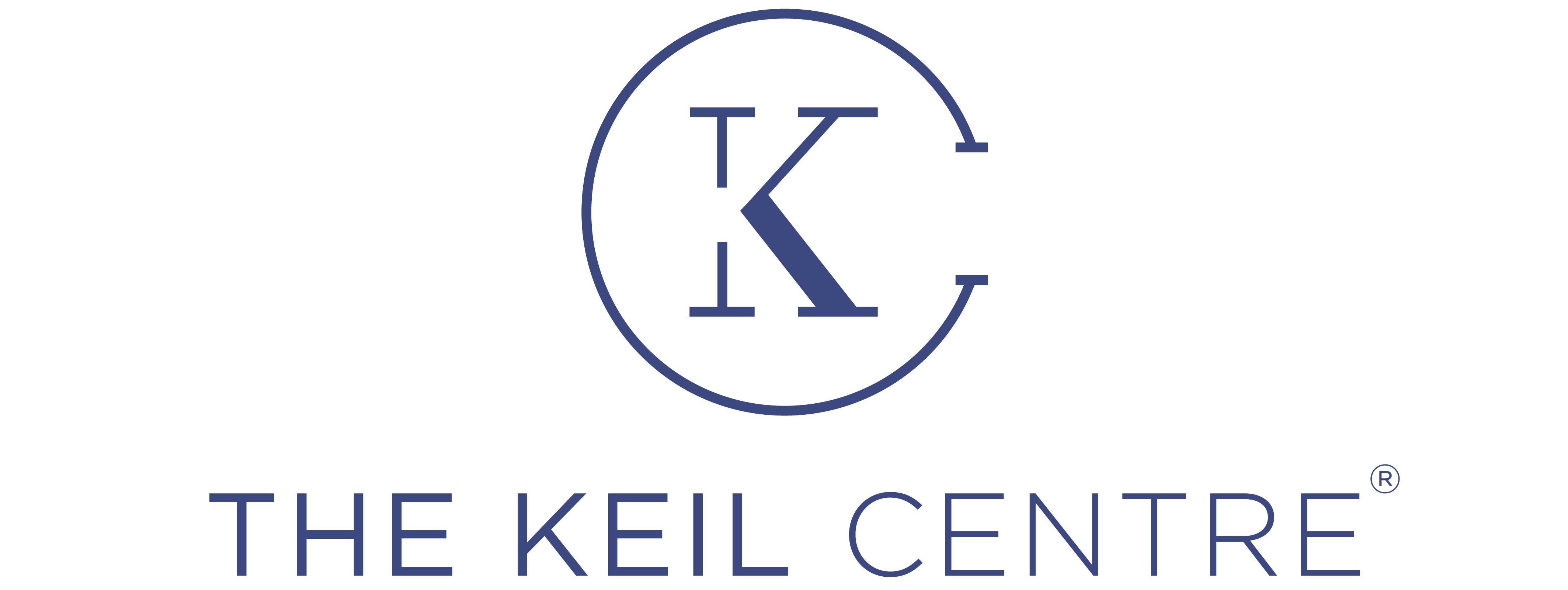Human Factors in Product Design
There are many good reasons for including human factors in the design of your products. Human factors helps to improve usability, enhance the user experience, increase competitive advantage and comply with standards or regulations. Medical devices in particular have stringent safety standards for human factors.
Who's it for?
We work with product and industrial designers, electronics and software engineers, application specialists and product end users.
We support projects at all stages of design from initial concept, prototyping and user trials to production. Product sophistication ranges from the simple to the highly complex.
We work with clients in different application areas, including medical devices, consumer products and telecommunications.
Benefits
Our experts have extensive knowledge of human factors usability criteria and standards across different product applications. We use recognised scientific techniques to optimise the design.
This enables you to achieve:
- a safer design by reducing potential errors or injuries
- a compelling and functional product
- greater user appeal and satisfaction
- a competitive and inclusive product
Find out more
Our team are happy to provide more information. Please click on the relevant button below to contact us.
Product end users no longer put up with devices that are difficult to use. If they do not meet their needs, they soon give up and try the next product on the market. More significant problems occur if the product causes injury or it needs to be recalled. The key is to understand the user needs, and then develop and check that the product meets those needs.
Our expert team will:- perform user needs analysis to outline what the product needs to do and how it should do that. This may include user profiling, persona development, task analysis, error analysis, use case scenario development, and other techniques
- combine these with relevant standards to create the user requirements. For example, for medical devices this may include standards for Food and Drug Administration (FDA) approval, or American National Standards Institute (ANSI)/ Association for the Advancement of Medical Instrumentation (AAMI) or Medicines and Healthcare products Regulatory Agency (MHRA) guidelines.
- explore different design options and trade-offs to meet the user needs
- develop drawings and perform calculations to present design alternatives
- carry out expert usability reviews
- test the design with end users until the optimal solution is found

